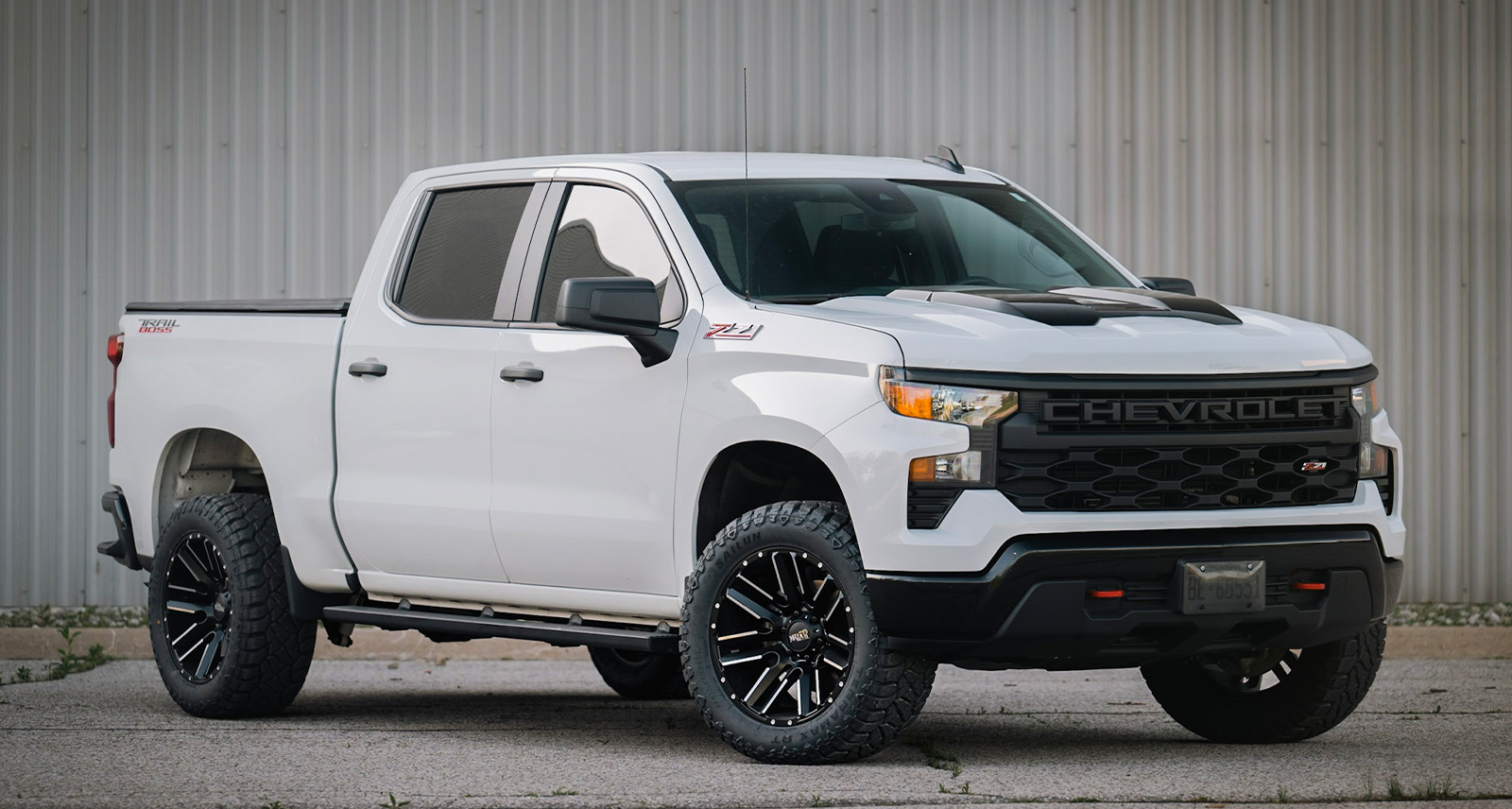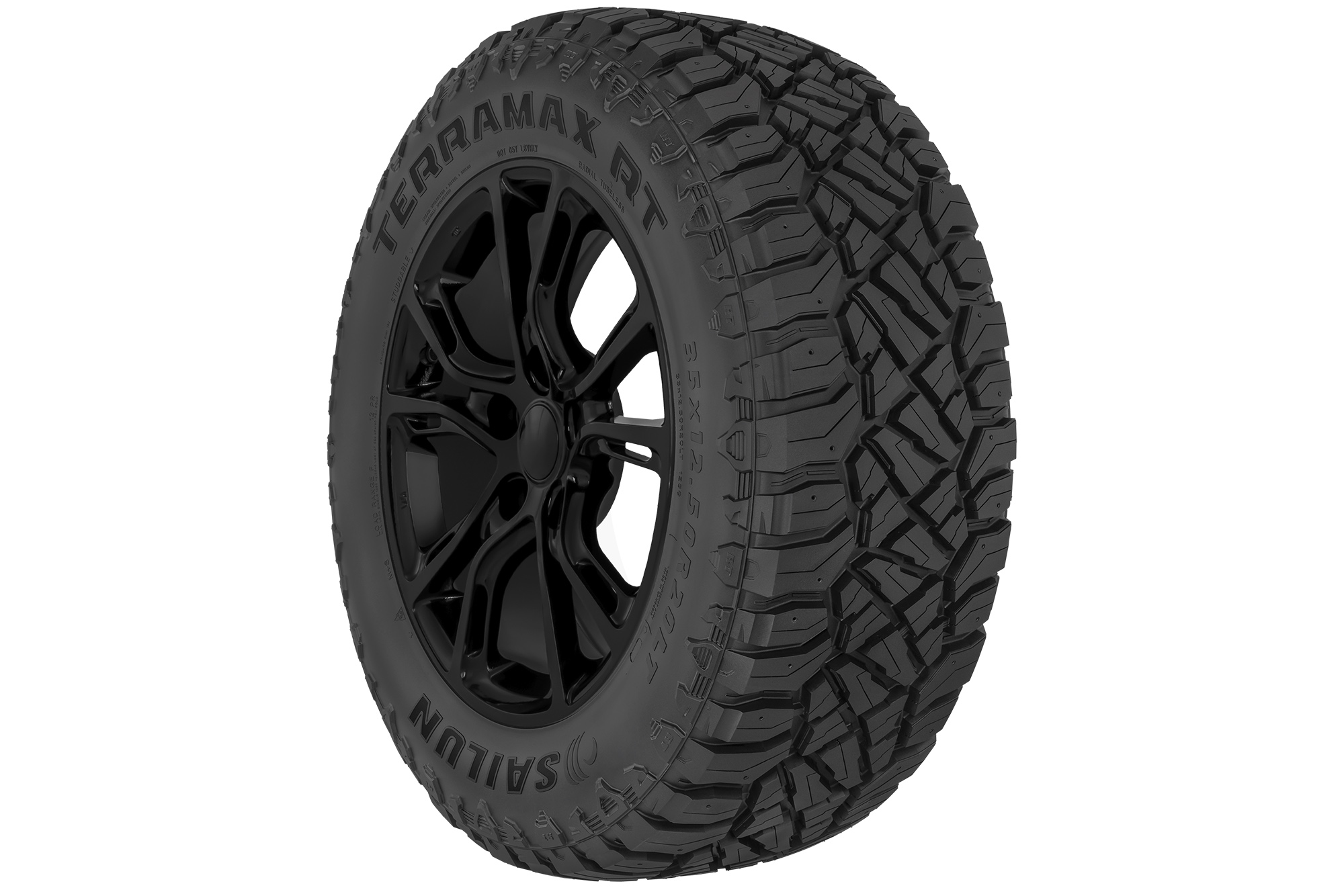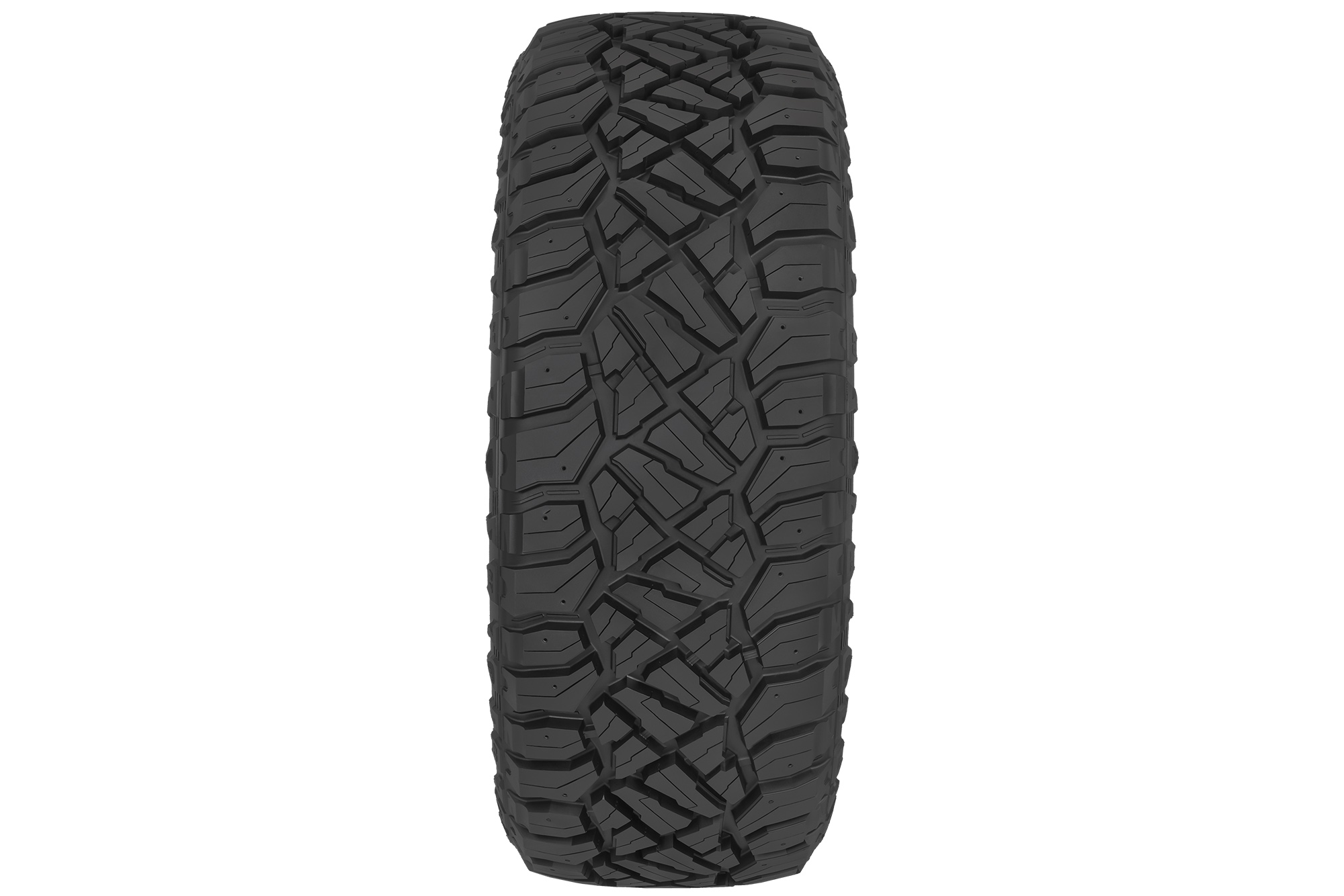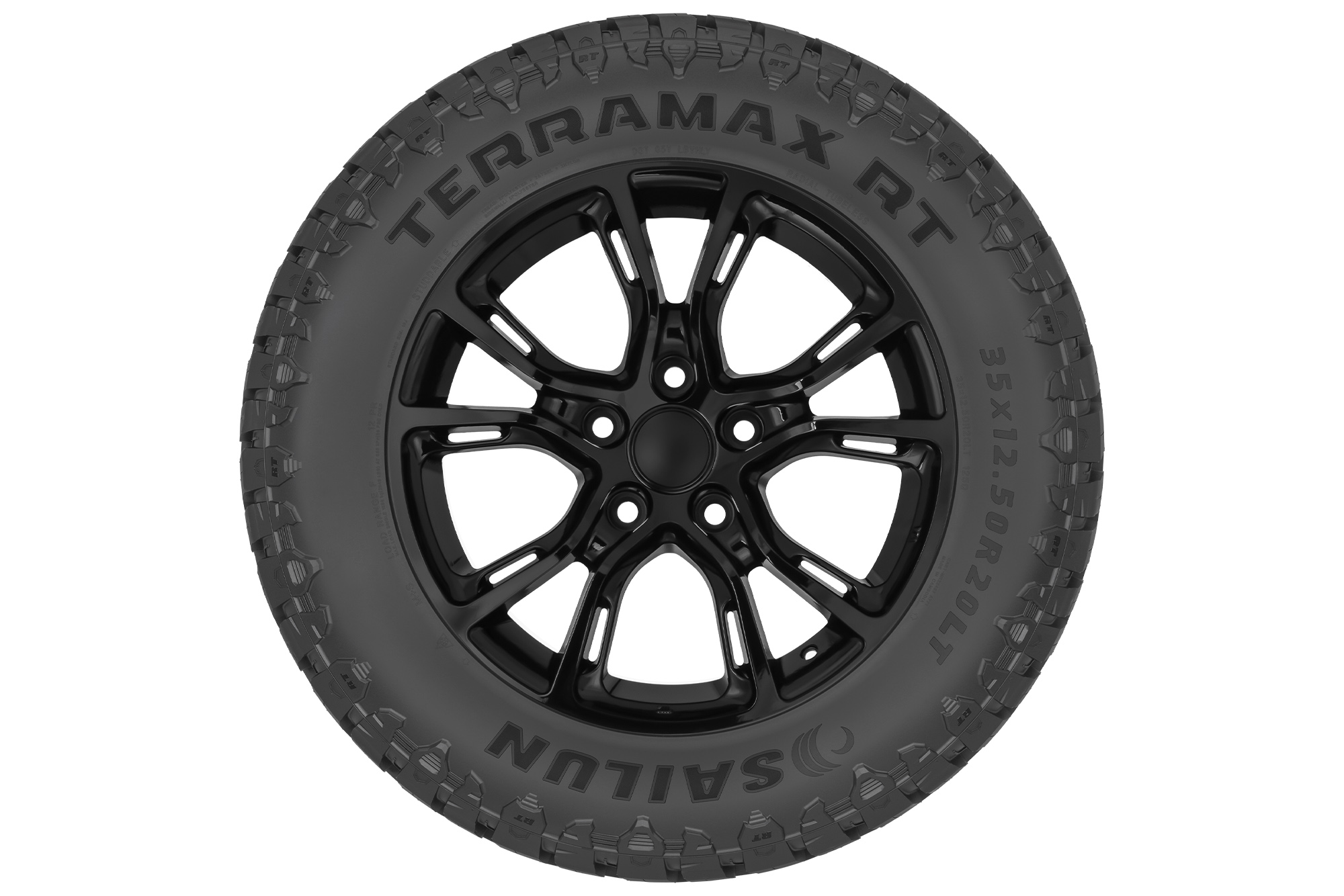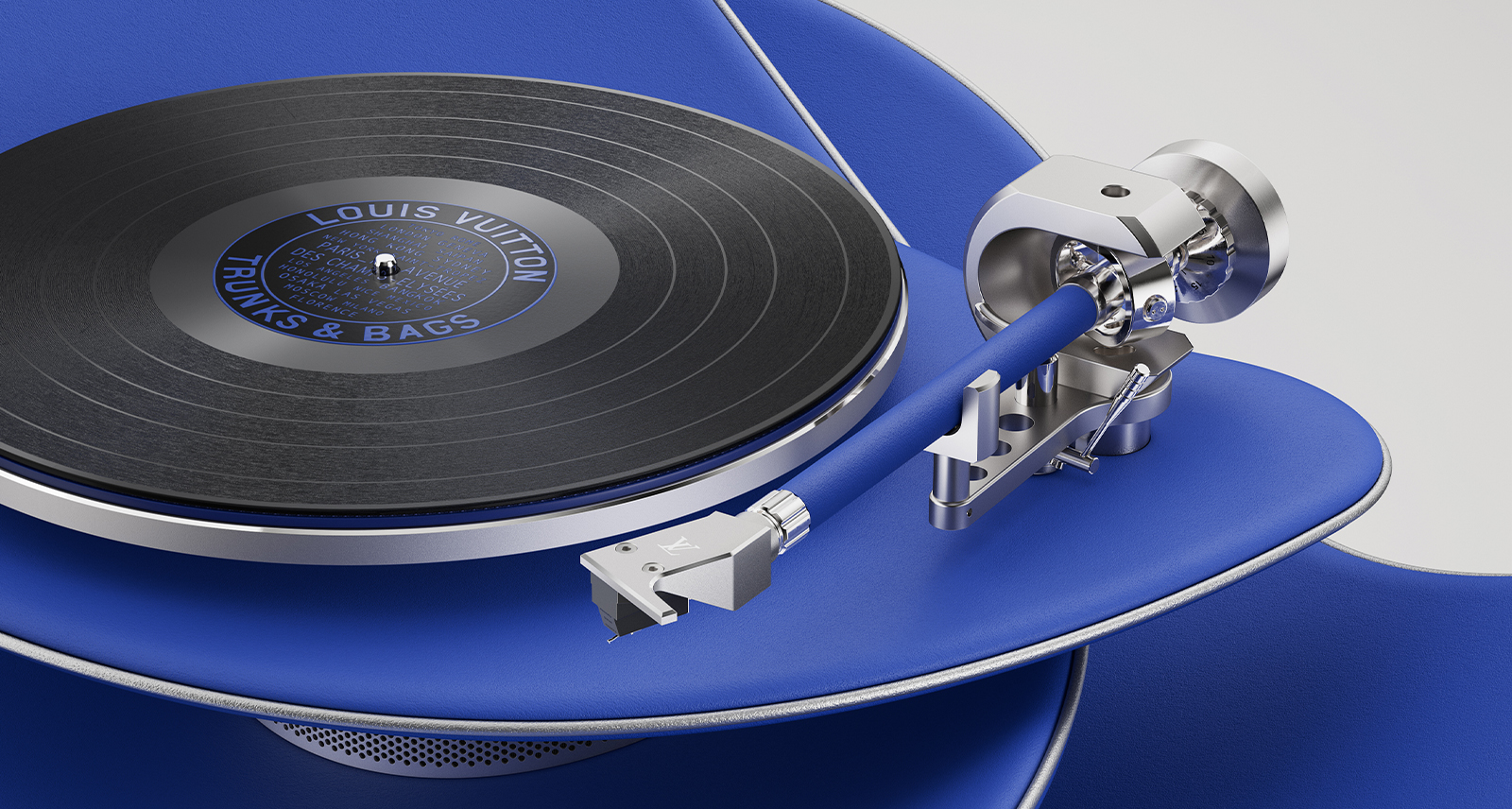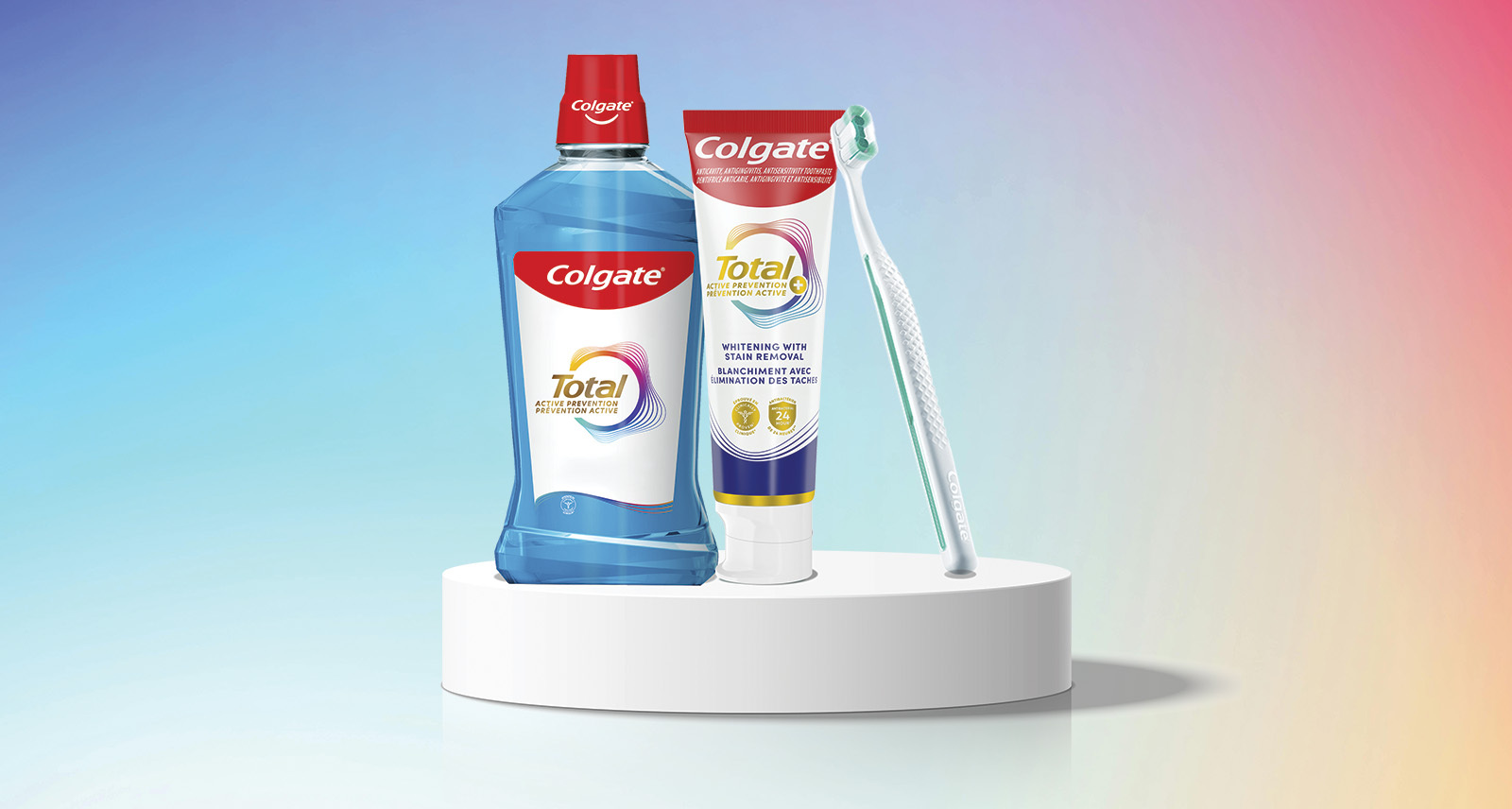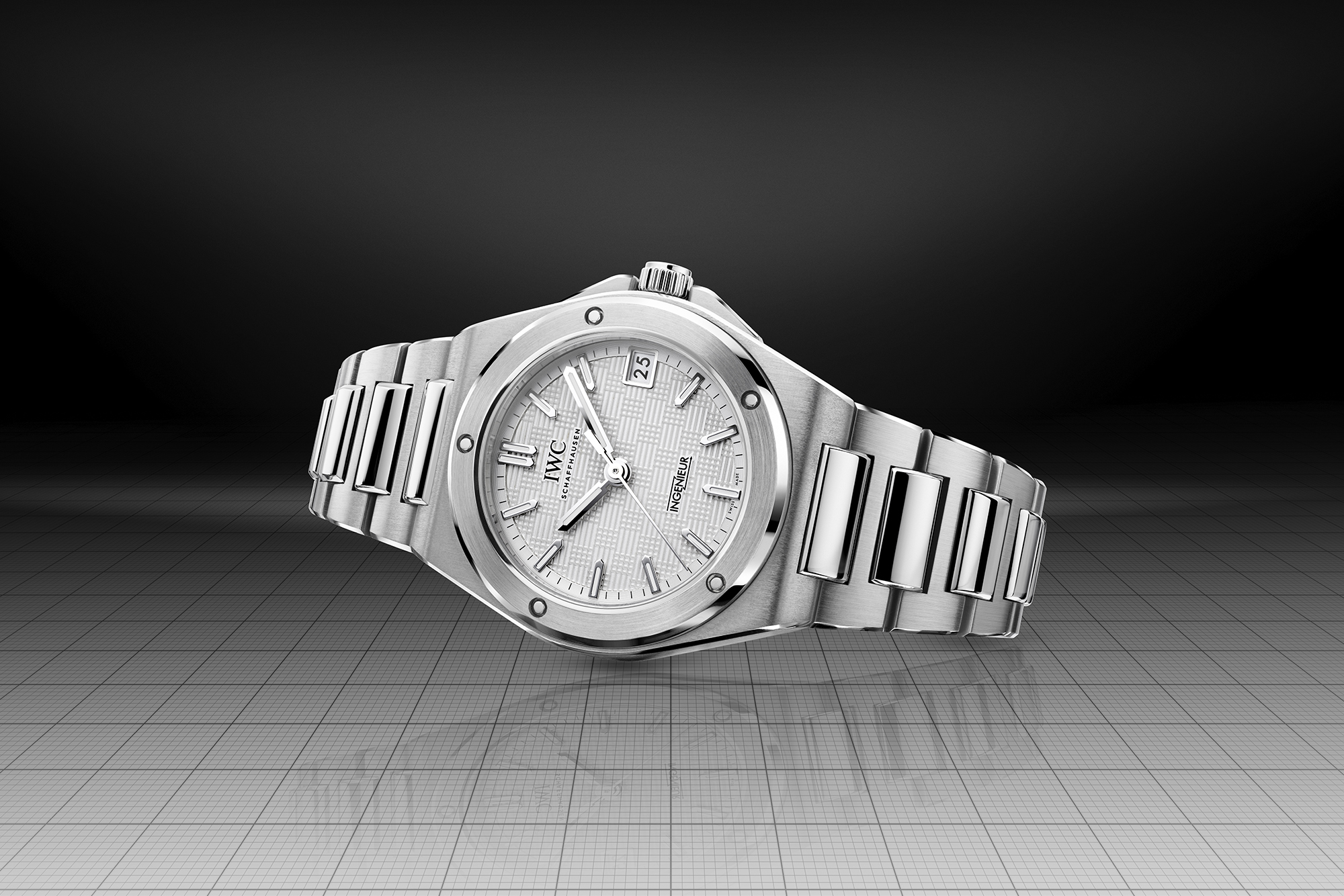Rugged Terrain Tires: Rubber for the Weekend Warrior
SHARP & Sailun Tire Canada
When it comes to fitting your light duty truck or SUV with the appropriate tires, you’ve got to think about the road ahead. There are three categories of tires available for those who like to take the road less paved. Which type you select hinges on how often you leave the tarmac and what the terrain looks like when you do.
All-terrain tires are engineered to offer a compromise, situated partway between ultimate off-road capability and responsiveness to more urban driving demands. They feature reinforced casing, damage-resistance block tread capable of digging into mud, sand, gravel and snow when need be. All-terrain tires can also be formulated for more severe winter duties and slightly more extreme off-road adventures.
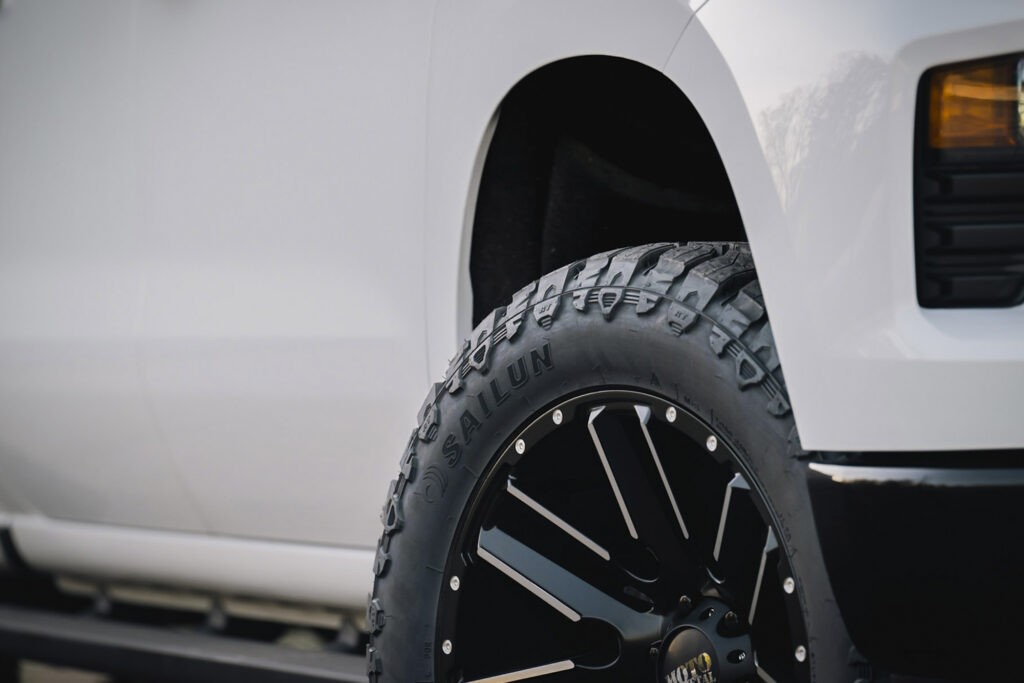
On the other end of the spectrum, there are mud-terrain tires. This category of tire features a more aggressive and deeper tread pattern that’s better suited to muddy conditions. More hardcore than all-terrain tires, mud-terrain tires can sometimes be run with ultra-low air pressure, enabling your vehicle to tackle more extreme obstacles and engage in tock climbing.
In many ways, rugged-terrain tires split the difference between all-terrain tires and mud-terrain tires. Also know as rough-terrain, extreme-terrain or hybrid-terrain tires, this category takes the all-terrain approach and ramps things up.
Features of rugged-terrain tires include a reinforced sidewall, more durable tread compound and a deeper tread that’s able to void water, mud and debris easily. The rugged-terrain tire will clear conditions that would leave the typical all-terrain tire hung up. But it’s also civilized enough to handle reasonably well on paved surfaces without generating undue road noise.
In addition, mud-terrain tires are engineered mainly to deal with — you guessed it — mud. But rugged-terrain tires can be engineered to handle rocks, roots, gravel, sand or loose dirt. In other words, they offer more flexibility than mud-terrain tires, yet still offer enough traction and control for hill climbing and similar pursuits.
The rise in popularity of this category of tire is due to North Americans’ infatuation with SUVs and pickup trucks. Over the past decade, there’s also been increasing interest in more extreme types of driving adventures, such as overlanding. This means that, when shopping for a rugged-terrain tire, there are many brands to consider.
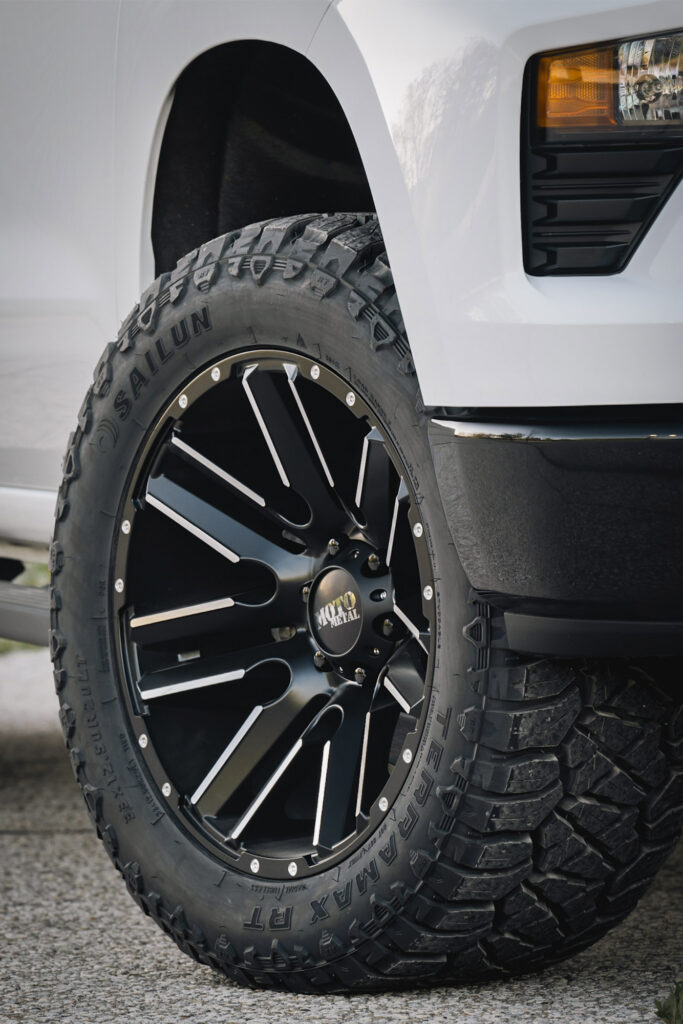
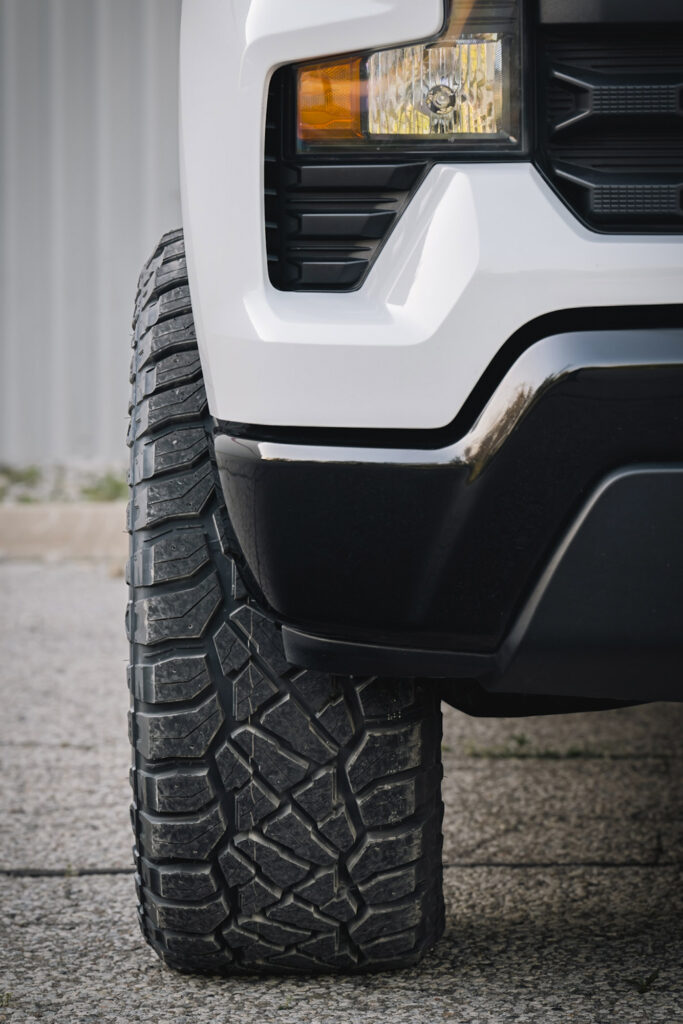
One of the challengers to the established rugged-terrain tire pecking order is a recent entry from Sailun — the Terramax RT. This tire checks all the boxes when it comes to performance in a variety of conditions and offers an inspired compromise between highway driving and off-road driving. Another particular strength is tread life: The Terramax RT is engineered to last for up to 72,000 kilometres, an impressively high level of longevity for this type of tire.
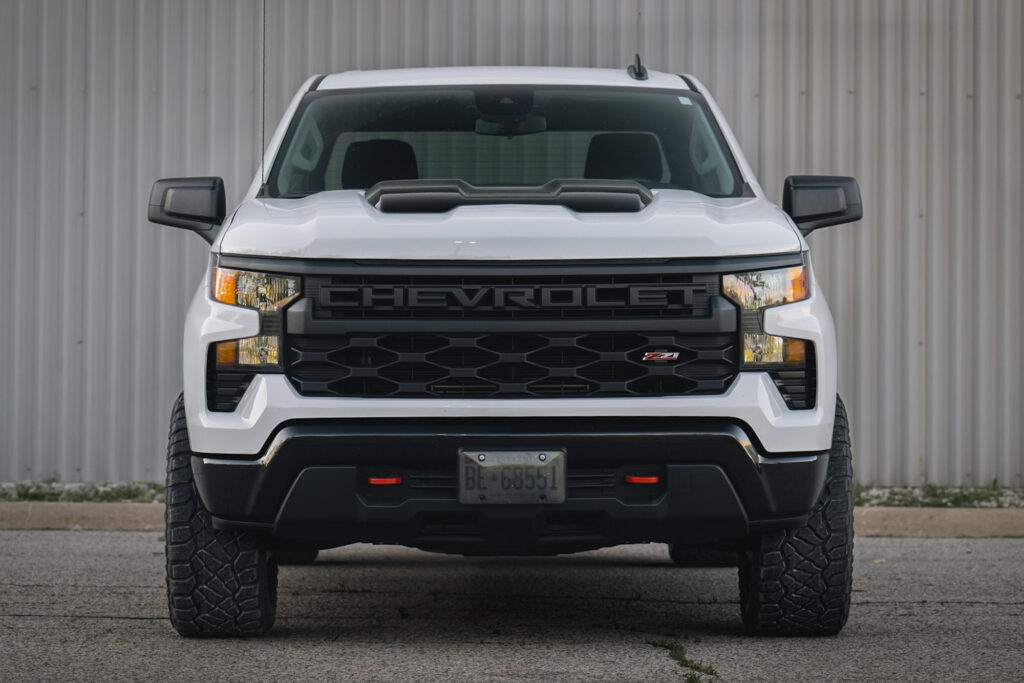
If you’re the type of person who only goes off-road once every blue moon, a solid all-terrain tire is your best bet. This type of tire is perfectly fine for tackling the occasional cottage road that’s been lashed with rain or snow. But if you find yourself powering through thick, sloppy mud with any regularity, a mud-terrain tire should top your shopping list.
And if you want 80-90% of the off-road traction of a mud-terrain tire, combined with superior road manners and far less road noise, steer your truck or SUV towards the nearest rugged-terrain tire. Still capable in the rough stuff yet more civilized for highway cruising, a top rugged-terrain tire is where the smart money is.
